
Today, in modern times, people desire perfect teeth more than ever. Having perfectly straight teeth is a must for many individuals. In fact, poor dental health or some other dental issues are mostly likely to lead to pain, discomfort, health issues and lack of self esteem, to say the least. Thus, a majority of individuals desire to get rid of this problem by opting for various services of orthodontics.
Ancient People Wanted Straight Teeth!
Even though this might seem impossible to many, researches have shown that the ancient members of our race wanted to have perfect teeth as well. Namely, the American Association of Orthodontists discovered mummified corpses which had metal bands wrapped around their teeth, quite similarly to the braces we wear today. Thus, the experts came to a conclusion that the main purpose behind these bands was closing the gaps between two or more teeth.
In fact, some other researches revealed that even in 400 or 500 BC, ancient philosophers and thinkers like Hippocrates and Aristotle both pondered upon the thought of one being capable of straightening his/her teeth.
Additionally, during the golden age of Greece, some of its inhabitants used to bury their dead along with the form of braces they were wearing on their teeth while they were alive, in order to fix dental irregularities. Even during the life of Jesus Christ, people used to wear golden wires on their teeth, bringing them closer together. This was a case found in a Roman tomb in Egypt.
Yet, despite all these efforts invested into keeping one's teeth straight, the real orthodontics that we are aware of today, started evolving after the 1700s. Keep in mind that, in those times, dentistry, as a practice and a form of science had already undergone serious development. Namely, teeth removal and letting of blood were commonly performed procedures in Medieval times.
“The Father of Orthodontics”
The genesis of orthodontics started somewhere around the year 1728, when a famous French dentist named Pierre Fauchard published a book called “the Surgeon Dentist”, dedicating an entire chapter to nothing but straightening people's teeth. Later on, another French dentist, Ettienne Bourdet wrote “the Dentist's Art” in 1757, concentrating on aligning teeth and using special items for these purposes.
A couple of interesting books and ideas later, the main vision of orthodontics was born. It all started with the wire crib, an interesting teeth-straightening device created and invented by Delabarre in 1819. A couple of years later, the term orthodontia was created by Joachim Lafoulon. This created a whole new sphere of dentistry, motivating experts to improve the status quo.
As a result, in 1843, Maynard used the gum elastics for the first time in dentistry. As this practice grew more and more popular professionally, Tucker created rubber bands from the previously used tubing in 1850.
Additionally, in 1858, Norman W. Kingsley wrote the first article on orthodontics ever, while J.N. Farrar developed many different types of braces, inventing the incredibly effective low-force, interval teeth moving strategy.
Finally, at the end of the 19th century, Eugene Solomon used X-rays in order to diagnose a dental condition.
Therefore, orthodontics, as a branch of dentistry and medicine has many fathers. Some helped it get created, as the above mentioned people. However, the real blossoming of orthodontics took place in the following, 20th century, with the application of nylon, stainless steel, direct bonding etc.
Modern Methods and Techniques
Nowadays, when we are at the peak of our technological advancement so far, orthodontics has undergone a great deal of development too. Today, digital computer imaging boosts the precision of orthodontics, providing dentists with high definition, 3D images of one's teeth, helping them plan the ideal treatment and therapy method. Additionally, once the plan for the braces is done, machines create them perfectly and quickly, allowing people to have their teeth straightened in no time.
During the 20th century, NASA managed to contribute to this field of medicine too, by inventing a method based on heat-activated nickel-titanium allow wires.
With these remarkable breakthroughs, we can only wait to be amazed with even better ones in the future, enjoying every step that orthodontia makes. The braces and dental appliances are bound to become even more comfortable and less visible, offering excellent results in the shortest timespan possible.
In order to prove the importance of orthodontia in today's world, Scottish Dental Practice Board carried out a study which kept track of tooth extractions throughout history and compared them with the current state of affairs. As a result, when we compare 1984 and 1999, 25% less people had tooth extractions in the latter year. Thus, as the years go by, we are more and more aware of our dental health and many of us allow orthodontists to take good care of their teeth, preventing many dental problems which might have resulted in tooth extractions later.
To sum up, orthodontia has undergone numerous changes since it first became present in the minds of people. In some of its forms, it was practiced even in the ancient times. However, its true advancement and birth it experienced in the 19th and the 20th century. Yet, we are yet to see the actual perfect form of this branch of dentistry, since it is evolving as we speak.


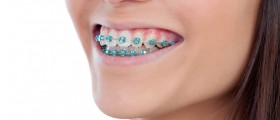
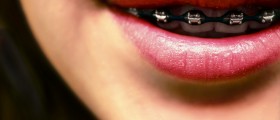
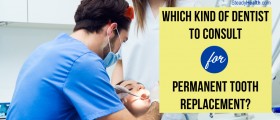

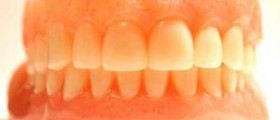
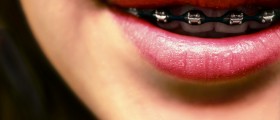
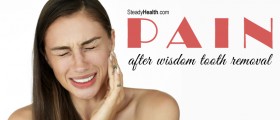




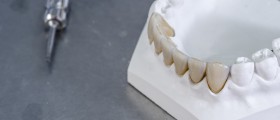
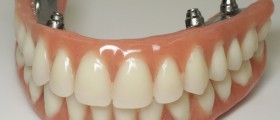

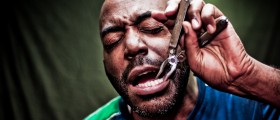
Your thoughts on this
Loading...